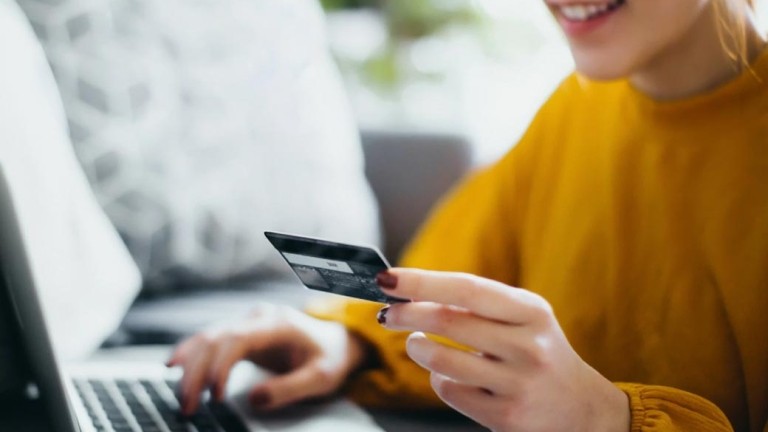How to pay off debt
When we talk about debt, it’s easy to attach all sorts of negative baggage to the word. Debt can feel heavy, intimidating and difficult to shed.
But it might not be as difficult as you think. Just like savings, it’s a task best tackled over time. It helps if you think of it as something you need to manage rather than something you need to get rid of. By chipping away at it month after month, you can grind down your debts and start reclaiming your income for other important life goals.
When you boil it down, managing debt is just a matter of setting priorities that govern how you spend your monthly income.
Priority #1: Cover your monthly expenses
The first step to managing your debt is to stop taking on new debt — particularly if you’ve been using it to help cover your monthly living expenses. Your top priority is to make sure all the necessities get paid, including rent or mortgage payments, bills and food.
Priority #2: Make your minimum debt payments
Next, look at the minimum monthly payments for all your debts. Ensuring that these get paid on time will help protect your credit and keep you in good standing with your lenders. It will also prevent you from paying extra in interest and late fees, which can add up over time.
Priority #3: Determine your debt repayment budget
Once your living expenses and minimum debt payments are taken care of, figure out how much of your income you have left over to put toward paying down the principal. Because your minimum monthly payments go primarily toward interest, it’s these extra funds you add each month that will determine how quickly you’re able to pay down your debts.
Priority #4: Decide which debt to pay down first
If you have multiple sources of debt, such as student loans, credit cards, or an auto loan, you’ll need to decide where to focus your efforts first. There are two common methods typically used to pay off debts:
- Snowball method: Some people prefer to start with the smallest debt first and work their way up, which can help you pay off individual debts more quickly.
- Avalanche method: Others recommend starting with the debt that has the highest interest rate (usually a credit card), which saves you money on interest in the long run.
But those aren’t the only methods, of course. Consider your own priorities and then make your own method (and maybe give it a fun, wintery name while you’re at it). If you borrowed money from a friend or family member who needs it back, start there. If you want to pay off a current car loan because you’re concerned another car purchase is in your future, do it.
While a snowball or avalanche strategy might make more sense mathematically, sometimes you just have to follow what feels right for you, as long as it’s supporting the ultimate goal.
Paying down debt isn’t something that happens overnight — particularly during a pandemic. Just think of it as a marathon rather than a sprint. Keep taking one step after another, and eventually you’ll get where you want to go.
And remember, our team is always here for you. If you find yourself in a situation with your debt and you’re not sure where to turn – don’t hesitate to reach out to us. We have lots of financial assistance options and a team that’s ready to help support you.


